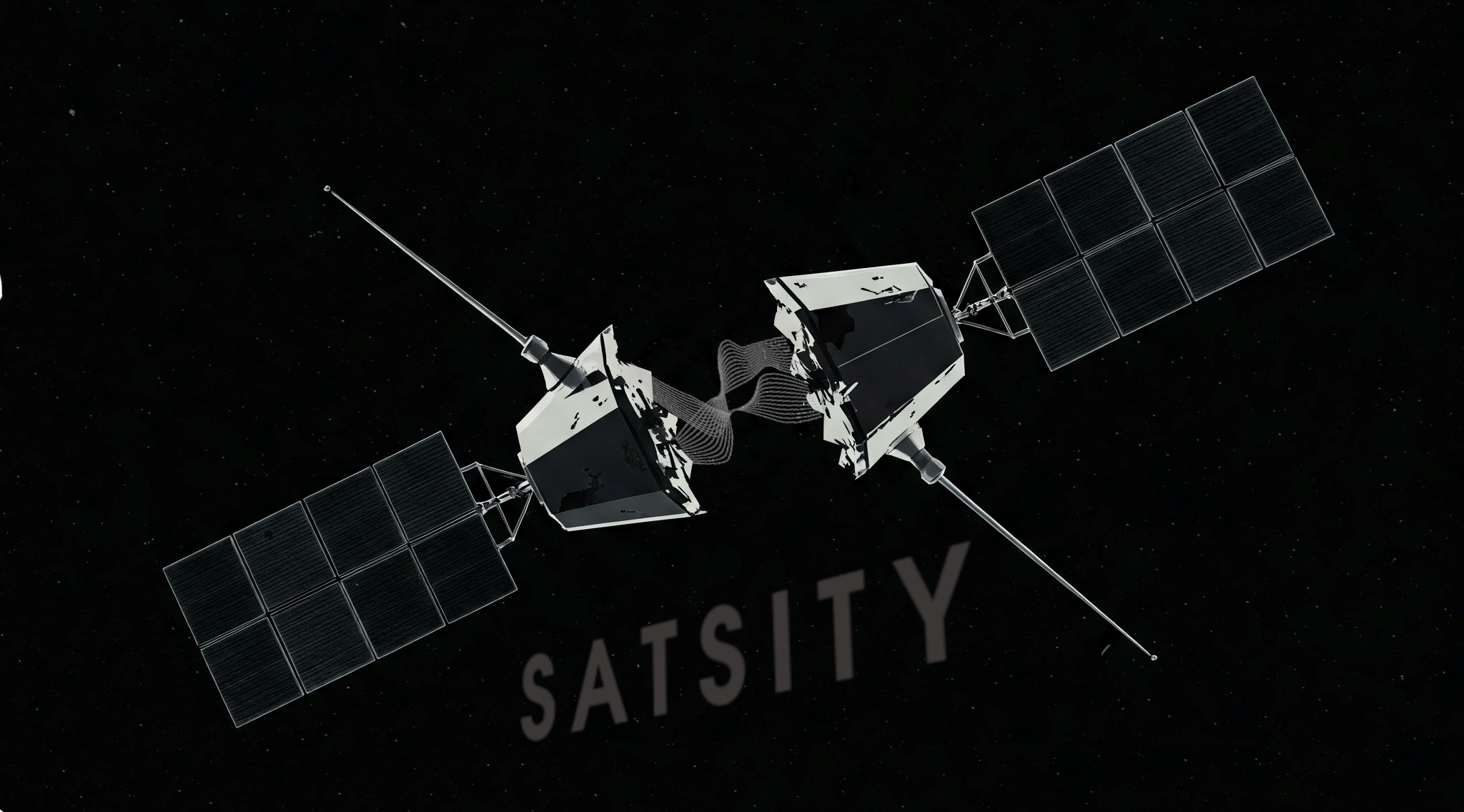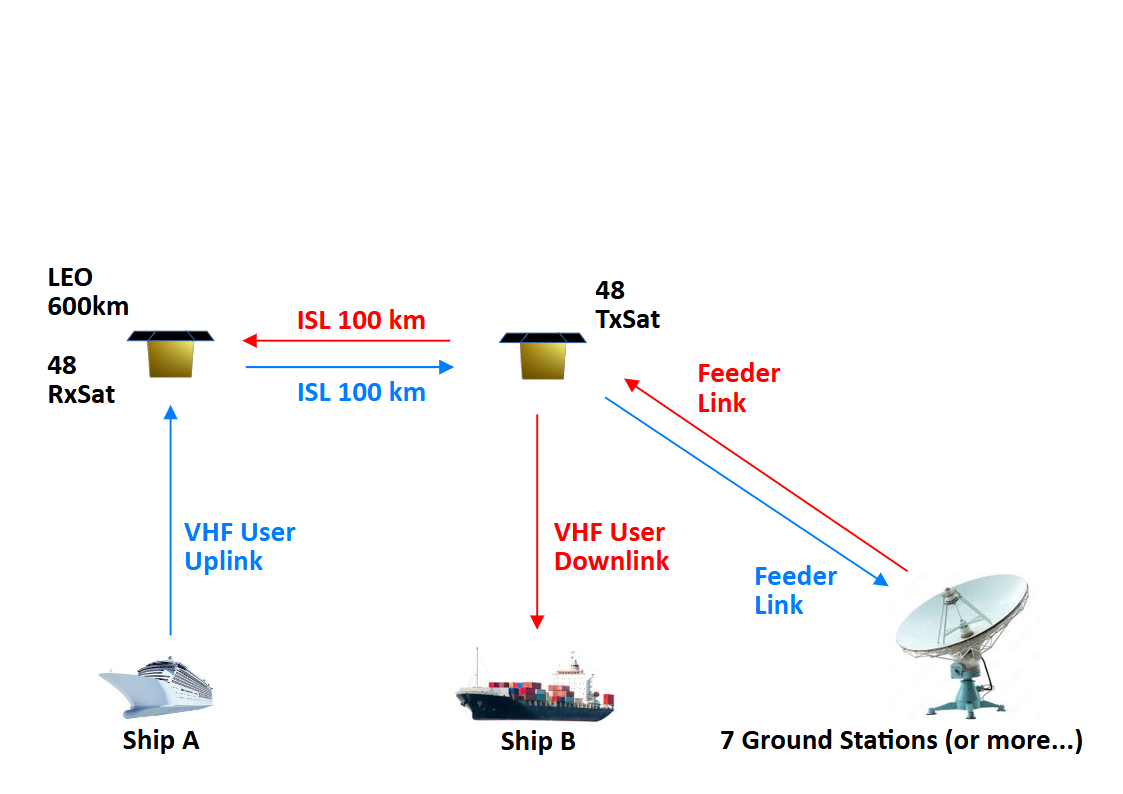
-
StatusOngoing
-
Status date2025-08-11
-
Activity Code3A.202
Traditionally, satellite communication dedicates separate frequency bands for uplink and downlink. However, in certain frequency bands, the same frequency is allocated for both.
To achieve simultaneous transmit/receive on a single frequency band, this project develops a VHF-to-C-band satellite communication system concept, utilising distinct transmit-only and receive-only satellites for user links. This includes a user terminal and protocols for data and signaling via these separate uplink and downlink satellites. Key to full spectrum use are the constellation architecture, air interface protocol, and satellite spatial diversity.

Several challenges must be addressed:
- Assess the air interface protocol's properties to verify its support for simultaneous up/down links.
- Design a constellation of satellites, each solely capable of transmitting or receiving, along with a synchronisation technique.
- Develop an RF front-end that implements spatial diversity at the satellite level.
Balance the entire system, considering the simplicity of constellation management, synchronization requirements, the effective use of inter-satellite links, networking to manage multiple simultaneous links, and overall solution cost.
Low-throughput satellite communications systems (e.g., Internet of Things (IoT), messaging) gain significant advantages from this project's developed technologies. Communication efficiency increases, enabling simultaneous transmission and reception within the same frequency band. System costs decrease, as two simplex satellite payloads are considerably less expensive than a single full-duplex one. Furthermore, overall system resilience improves due to the enhanced constellation network built using inter-satellite links.
The project's main outcome is a demonstrator of the complete satellite communication system. This includes a hardware emulator for the protocol's physical layers, and simulators for satellite orbits, networking, and the ground segment. It simulates communication links between user terminals and satellites, encompassing all connections: ground-to-space, inter-satellite links, feeder links, and space-to-ground. This demonstrator allows for assessing the key components of the chosen satellite communication system, with a particular focus on the communication links.
Two primary use cases are envisioned: a maritime VHF Data Exchange System (VDES) satellite communication application and a Low Data Rate Mobile Satellite System (LDRMSS) IoT solution. These differ in their air interface protocols and frequency bands. The VDES application adheres to ITU VDE-SAT recommendations and operates in the VHF band. The LDRMSS solution operates in a new proposed satellite L-band (WRC resolution 252).
Multiple constellation architectures are assessed, in particular with and without data-relay links. Low Earth orbit (LEO) satellites are always included, while medium Earth orbit (MEO) and geostationary orbit (GEO) satellites are considered based on a benefit trade-off analysis.
The project plan foresees a unique phase which includes the following milestones after the kick-off meeting (T0):
- Use cases consolidation (T0+1M)
- Requirements Review (T0+4M)
- Preliminary Design Review (T0+5M)
- Critical Design Review (T0+7M)
- Test Readiness Review (T0+11M)
- Test Review Board (T0+15M and T0+17M)
- Final Review (T0+18M)
The planned total duration of the project is 18 months.
The project has just begun, following the kick-off meeting.




